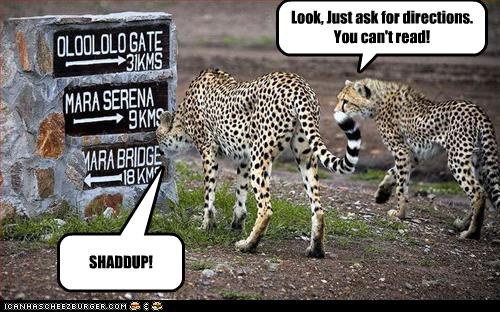A while back I wrote about the wolves of Yellowstone & what they can tell us about the ecological impacts of a top predator. Wolves were reintroduced to the US’s Yellowstone National Park in 1995, after an absence of around 50 years, & wildlife biologists were having a field day (pardon the pun!) examining the ecological impact of this reintroduction.
Since their reintroduction, wolf numbers in the park have grown to in excess of 100. One researcher had radio-collared a number of wolves in order to track their movements & identify their ranges – which were found to extend beyond the park’s boundaries. After all, animals can’t read signs**. And this placed the wolves at risk – outside the park they are viewed (by the local farmers & in legislative terms) as animals in need of control, just like moose & other deer.
So that researcher was doubtless devastated when two of his collared wolves were shot by hunters during the ‘open’ season in rough country surrounding Yellowstone (Morell, 2009). The wolves were caught by a double whammy – their own behaviour & the perceptions and attitudes of the human populations surrounding the park. Wolves from Yellowstone are naive as far as human intentions go – within the park they are fully protected & the focus of a lot of tourist attention, so in terms of behaviour they would not have learned aversive/avoidance behaviour patterns that would stand them in good stead outside the park’s boundaries. And they need those behaviours: ranchers living around the park opposed the initial reintroduction on the grounds that the wolves would target livestock, & are allowed to shoot those that do (or are claimed to). And hunters pushed successfully for a hunting season this year, albeit one with a seemingly limited quota of 12 animals. ‘Seemingly’, because 12 is a large chunk out of the total population, and since one of the dead wolf was known to have 5 five-month-old pups, unlikely to survive on their own, the total mortality will be even higher.
The loss of these wolves, & the manner of their deaths, will have a significant negative impact on the various research projects centred on these large predators. The ecological ramifications are also significant. Scientists worry that if the wolf hunt is an annual event, this will have the effect of skewing the population’s age structure towards the younger age classes. This in turn will affect the park’s elk population, because younger wolves apparently kill more elk, although you could argue that this will be good for the area’s vegetation. In addition, removal of wolves from the area surrounding the park may cause that area to act as a ‘sink’, drawing into it wolves that might otherwise have remained within the park boundaries and making them targets in their turn, with an overall negative effect on the population. For the wolves, all the news is bad.
V.Morell (2009) Research wolves of Yellowstone killed in hunt. Science 326: 506-507
________________________________________________________________________________
And for something a little more cheerful, on the issue of animals reading signs:

Jim Thomerson says:
As a young person I used to read the “Sheep and Goat Raisers” magazine (I was raising goats at the time.) There were various articles on predator control, and poorly presented arguments against it. It struck me at the time that ranchers raise animals to make money. If you want wolves, cougars, eagles, etc. just pay people to to raise them (free range, of course). I think there has been some of this in recent years.